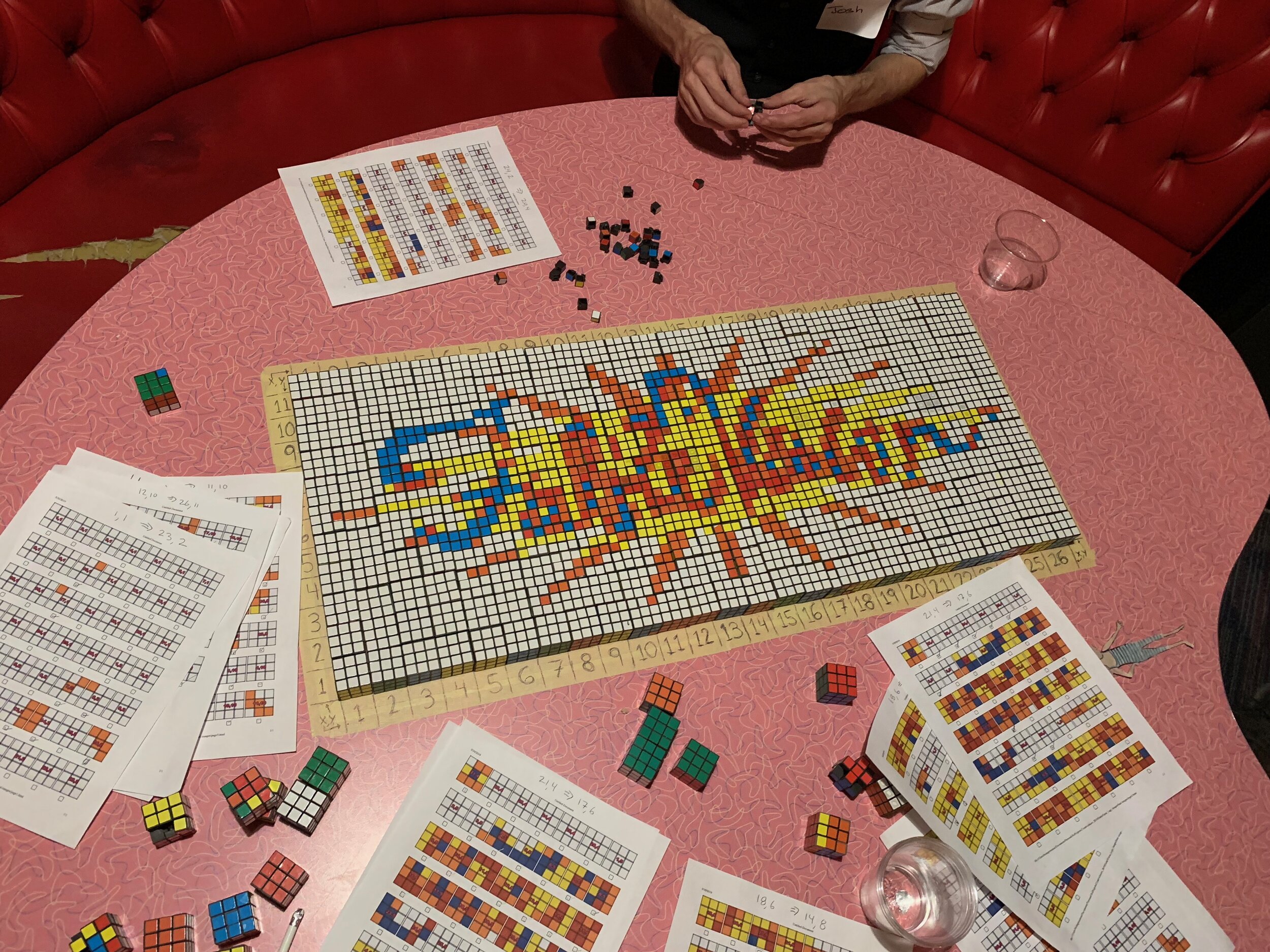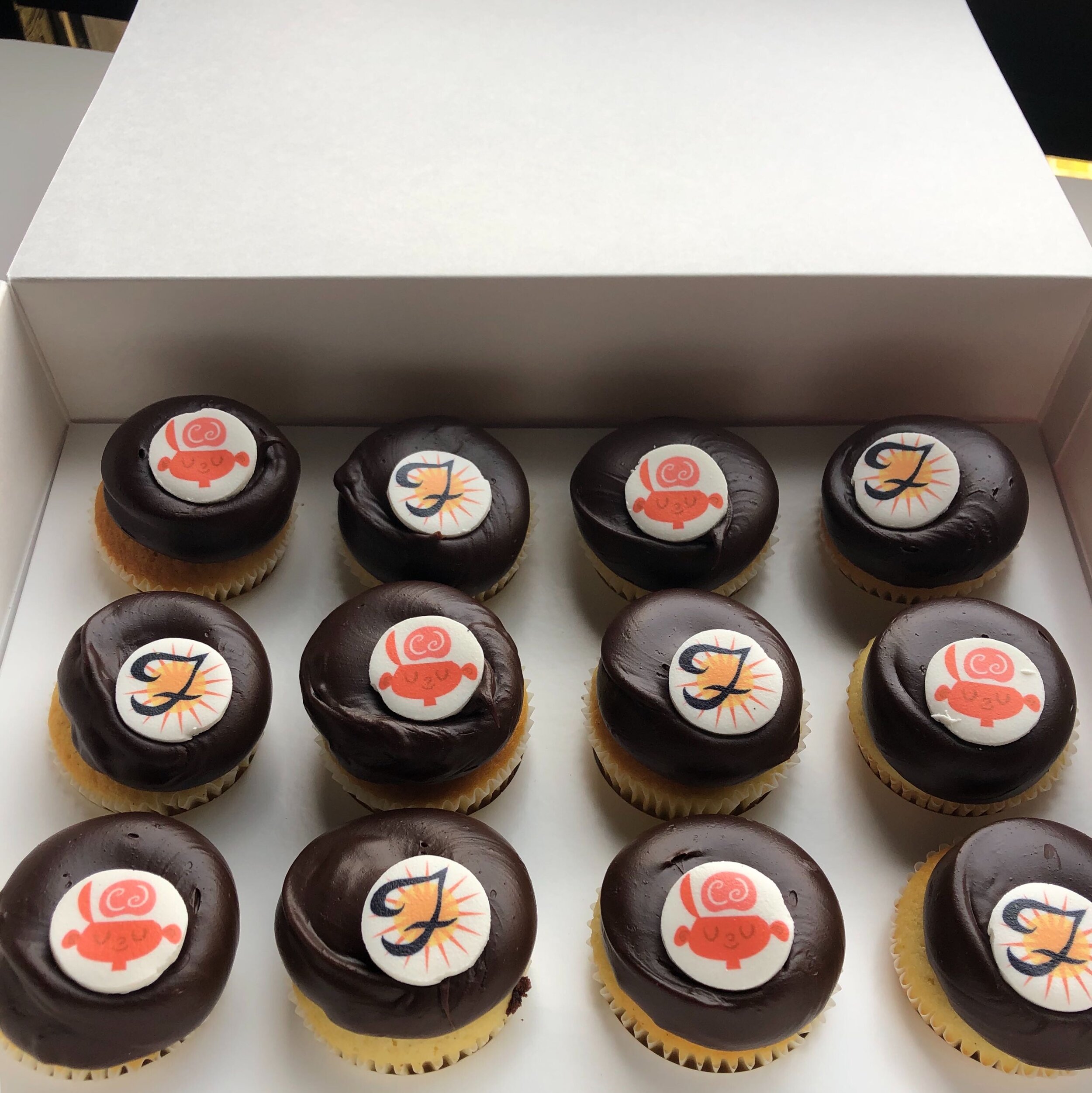As a mission-based studio, FableVision is committed to creating positive, story-driven educational media that moves the world to a better place. As a part of that mission, we pride ourselves on our people-first design process, always thinking about the needs of our end-user, the context of their learning, and the impact of our product.
When we approach a new project, no matter the topic or goal, we always prioritize accessibility, engagement, and play. Whether we’re creating a game-based app, animation, museum interactive, website, Augmented Reality experience, or any other form of media, our core principles stay the same.
Want to pick our brains about your next media project? Reach out! We’d love to chat.
1. Education is for Everyone
First and foremost, FableVision believes that every person—no matter their age, race, gender identity, sexual orientation, or socioeconomic status—has the right to a quality education. Therefore, the studio is committed to lowering barriers of access in educational communities, both in formal and informal learning spaces. Whether our end-user is an educator in Iowa, a preschooler in Maine, or a grandparent in Texas, we always ask ourselves three key design questions: Is this approachable? Is it relatable? Will it lead to learning, behavior change, or action?
2. Using Research-based Design to Create Safe Spaces to Learn, Explore, and Discover
Our design process and media are crafted to engage and impact audiences in all contexts—including consumer, classroom, family, and museum markets. We believe learning media should provide a safe space for learners to practice, experiment, fail, and grow from their mistakes. With the appropriate scaffolding, learners can reach their full potential, proving to their educators and themselves that anything is possible.
3. Commitment to Diversity and Inclusion
FableVision Studios believes that representation matters. Whether a project uses human or non-human characters, takes place on Earth or an imaginary planet, or utilizes fantastical or magical elements as plot drivers, believable, relatable characters are critical. Media should present an accurate, inclusive reflection of the audience consuming it. In that spirit, FableVision takes pride in writing and designing diverse characters. We also take care to cast diverse voices when selecting talent for voice over.
4. “Designed for One, Beneficial for All”
In all our work, FableVision strives to maximize accessibility in ways that are seamless to the user experience. The studio has worked with The Perkins School for the Blind, the Helen Keller National Center, National Braille Press, and Bridge Multimedia, among many other partners committed to accessibility standards. In addition, we have incorporated Universal Design for Learning (UDL) principles in our work for many years, and we apply those principles in creative ways to ensure the interactive experience is appealing and engaging to a wide range of visitors.
5. Playful Learning for Any Content, Any Platform
No matter the learning area, engagement lies at the crossroads of vetted content and research-based design. We have created learning environments that teach social-emotional learning, literacy, STEM, financial literacy, substance use prevention, civics, and more. FableVision works to ensure that all learning experiences match the content, spark curiosity, and offer an open invitation to playful exploration.





































































